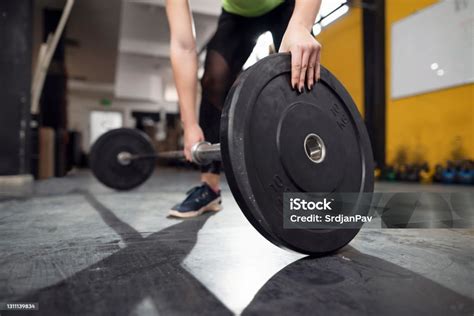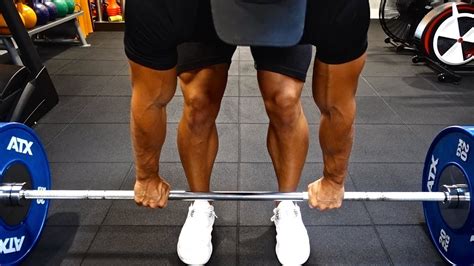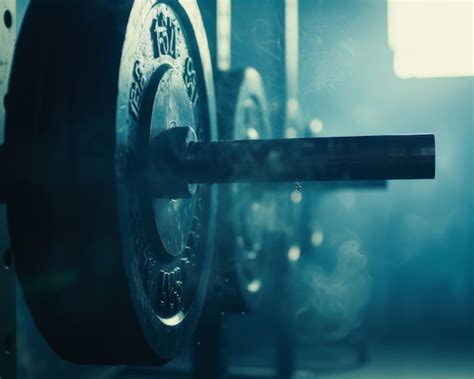Breaking strength plateaus: best progressive overload for consistent gains?

Conquering the Wall: Understanding Strength Plateaus
Every dedicated lifter eventually encounters a frustrating reality: the strength plateau. It’s that moment when your lifts stall, progress grinds to a halt, and what once felt like consistent gains now feels like an insurmountable wall. This isn’t a sign of failure; rather, it’s a natural signal from your body that it has adapted to the current demands, and it’s time to change the stimulus. The fundamental principle for unlocking consistent muscle and strength gains, and thus breaking through these plateaus, is progressive overload.

What is Progressive Overload and Why is it Essential?
At its core, progressive overload means continually increasing the demands placed on your muscles over time. Without this escalating challenge, your body has no physiological reason to get stronger or build more muscle tissue. Your body is incredibly efficient; once it adapts to a certain level of stress, it maintains that adaptation without expending further resources unless a greater challenge is presented. This principle is the engine that drives all long-term physical adaptation in response to training.
Key Strategies for Progressive Overload
1. Increase the Weight (Intensity)
This is arguably the most straightforward and commonly understood method. When you can comfortably complete your target repetitions for a given weight with good form, it’s time to incrementally increase the load. Even a small jump, like 1.25kg or 2.5kg, can provide the necessary stimulus. Don’t chase numbers at the expense of form; controlled, effective reps are always superior.

2. Increase Repetitions or Sets (Volume)
If increasing weight isn’t immediately feasible or advisable, try adding more repetitions within your target set range. For instance, if you’re hitting 3 sets of 8 reps, try for 3 sets of 9 or 10 reps. Once you consistently hit the upper end of your desired rep range, then attempt a weight increase. Alternatively, adding an extra working set to an exercise can boost your total volume, forcing your muscles to work harder for longer.
3. Decrease Rest Times Between Sets
Reducing the recovery time between sets makes subsequent sets significantly harder. This increases the metabolic stress on the muscle and can boost muscular endurance. Going from a 90-second rest to a 60-second rest for the same weight and reps can be a powerful form of overload, particularly effective for hypertrophy.
4. Improve Technique and Range of Motion
Sometimes, a plateau isn’t about the absolute weight on the bar, but about how effectively you’re lifting it. Focusing on perfect form, controlling the eccentric (lowering) phase of the lift, and achieving a full, uncompromised range of motion will make the same weight far more challenging and target the working muscles more precisely. This often leads to a breakthrough when you eventually return to heavier loads with improved mechanics.

5. Increase Training Frequency or Density
For some muscle groups or exercises, training them more often (e.g., twice a week instead of once) can provide more opportunities for progressive overload, provided adequate recovery is ensured. Similarly, increasing training density means completing the same amount of work in less time, or more work in the same amount of time.
6. Increase Time Under Tension (TUT)
Slowing down the movement, especially the eccentric phase, significantly increases the time your muscles spend under load. This can induce greater muscle damage and adaptation without necessarily increasing the external weight, leading to new growth stimuli.

Implementing Progressive Overload Effectively
The key to successful progressive overload is strategic application. Don’t try to apply all methods at once. Instead, focus on one or two methods for a period. For example, prioritize increasing weight until you hit a wall, then switch to increasing reps or decreasing rest times for a few weeks before attempting to increase weight again. Periodization—strategically varying your training parameters over time—is also crucial for long-term progress and avoiding burnout.
Remember that progressive overload doesn’t happen in isolation. Adequate nutrition, particularly sufficient protein intake, proper sleep, and effective stress management are all critical components of recovery and adaptation. Consistency is paramount; even the best progressive overload program will fail if not adhered to regularly. Embrace the challenge, be patient, and systematically apply these strategies to continuously push your boundaries and achieve consistent gains.






